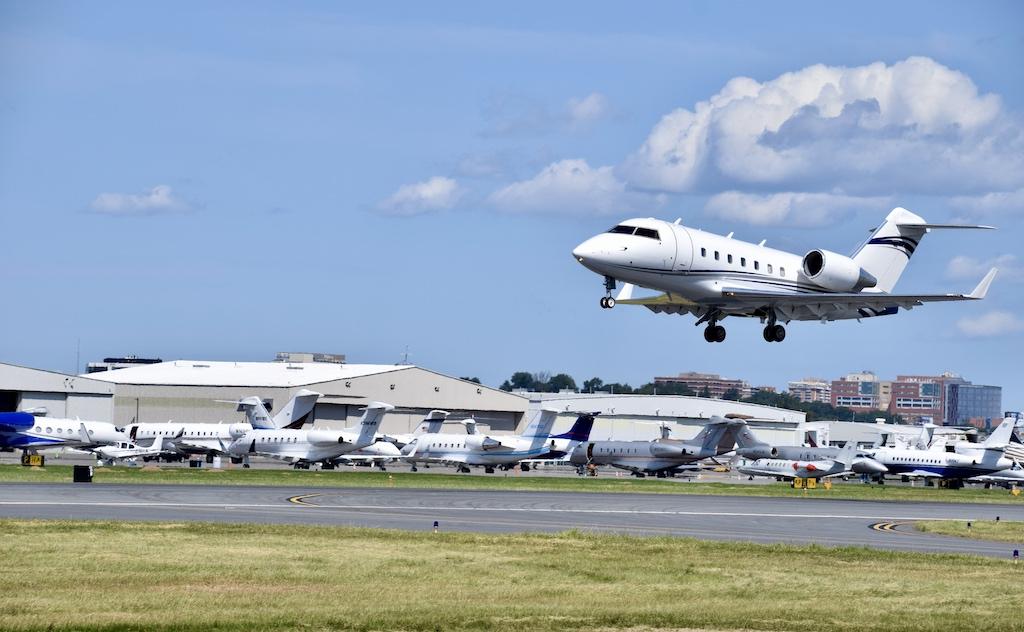
A Bombardier Challenger 604 touches down at Teterboro Airport, where 85% of traffic is jets. The aircraft’s N-number has been obscured in this photo.
Credit: Bill Carey
TETERBORO, New Jersey - Residing in one of the most congested air traffic areas in the country, the preeminent U.S. airport for business jets is a case study in the interdependencies of the national airspace system. Twelve miles from midtown Manhattan, on the New Jersey side of the Hudson River...
Subscription Required
This content requires a subscription to one of the Aviation Week Intelligence Network (AWIN) bundles.
Schedule a demo today to find out how you can access this content and similar content related to your area of the global aviation industry.
Already an AWIN subscriber? Login
Did you know? Aviation Week has won top honors multiple times in the Jesse H. Neal National Business Journalism Awards, the business-to-business media equivalent of the Pulitzer Prizes.





